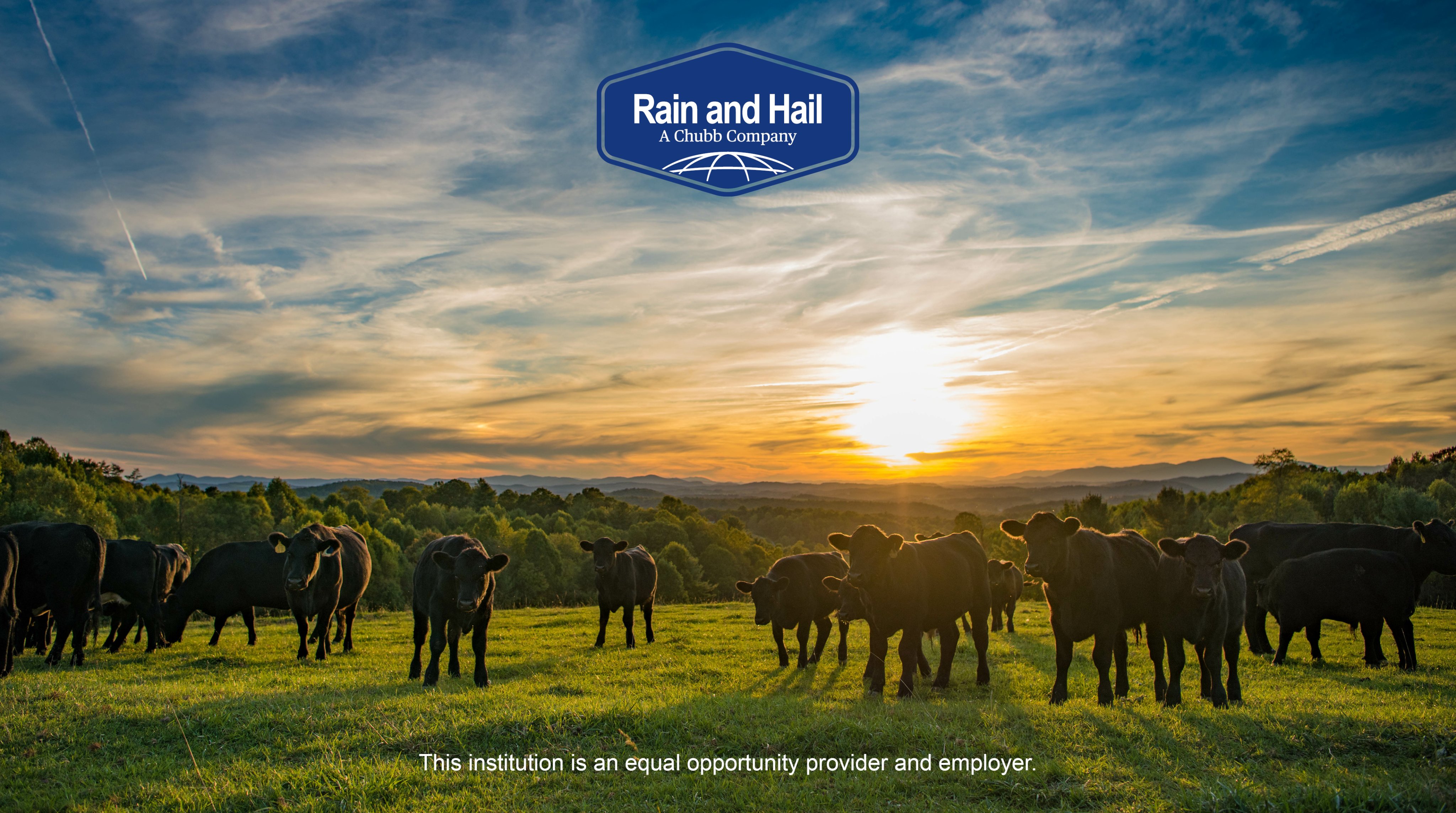Recognizing Livestock Risk Defense (LRP) Insurance Coverage: A Comprehensive Guide
Navigating the world of livestock danger protection (LRP) insurance policy can be a complicated endeavor for lots of in the agricultural market. This kind of insurance coverage offers a safeguard against market changes and unexpected scenarios that can influence livestock manufacturers. By understanding the ins and outs of LRP insurance, producers can make enlightened choices that might secure their operations from monetary threats. From exactly how LRP insurance functions to the various coverage choices readily available, there is much to reveal in this thorough overview that can potentially form the means animals manufacturers come close to danger monitoring in their businesses.

Just How LRP Insurance Policy Works
Periodically, understanding the mechanics of Livestock Danger Security (LRP) insurance coverage can be complicated, yet damaging down just how it works can supply clearness for herdsmans and farmers. LRP insurance coverage is a threat monitoring tool made to shield animals manufacturers versus unforeseen cost decreases. It's important to keep in mind that LRP insurance policy is not an income warranty; instead, it concentrates entirely on rate risk security.
Qualification and Protection Options

When it comes to insurance coverage alternatives, LRP insurance policy offers producers the flexibility to pick the insurance coverage degree, insurance coverage period, and endorsements that ideal match their threat administration demands. By recognizing the eligibility criteria and coverage options readily available, livestock producers can make informed choices to handle danger efficiently.
Pros and Cons of LRP Insurance Policy
When examining Animals Risk Protection (LRP) insurance policy, it is essential for animals producers to weigh the downsides and benefits intrinsic in this risk monitoring tool.

One of the main benefits of LRP insurance policy is its ability to supply defense against a decrease in animals rates. This can help guard manufacturers from economic losses resulting from market fluctuations. Furthermore, LRP insurance policy supplies a level of adaptability, allowing producers to personalize insurance coverage levels and plan periods to suit their certain needs. By securing an ensured cost for their animals, manufacturers can better manage risk and plan for the future.
Nevertheless, there are likewise some disadvantages to think about. One restriction of LRP insurance coverage is that it does view not safeguard against all sorts of threats, such as illness episodes or all-natural calamities. Costs can occasionally be expensive, especially for manufacturers with large animals herds. It is crucial for manufacturers to carefully evaluate their private threat exposure and financial situation to establish if LRP insurance policy is the best risk monitoring device for their operation.
Comprehending LRP Insurance Policy Premiums

Tips for Taking Full Advantage Of LRP Advantages
Maximizing the benefits of Livestock Threat Protection (LRP) insurance requires calculated preparation and aggressive threat management - Bagley Risk Management. To take advantage of your LRP insurance coverage, take into consideration the complying with tips:
Consistently Analyze Market Conditions: Stay notified regarding market patterns and cost changes in the animals market. By checking these factors, you can make informed choices concerning when to acquire LRP coverage to protect against potential losses.
Set Realistic Coverage Degrees: When picking coverage degrees, consider your manufacturing expenses, market worth of animals, and prospective dangers - Bagley Risk Management. Setting realistic coverage degrees makes certain that you are properly safeguarded without overpaying for unneeded insurance coverage
Expand Your Insurance Coverage: Rather than depending solely on LRP insurance, consider expanding your danger monitoring methods. Integrating LRP with other threat management devices such as futures contracts or options can provide comprehensive insurance coverage against market uncertainties.
Review and Readjust Coverage Consistently: As market problems change, occasionally review your LRP insurance coverage to ensure it straightens with your present danger exposure. Changing coverage levels and timing of purchases can assist optimize your danger protection approach. By complying with these tips, you can make the most of the advantages of LRP insurance coverage and protect your animals procedure against unanticipated threats.
Final Thought
Finally, animals danger protection (LRP) insurance coverage is a valuable tool for farmers to take care of the monetary threats related to their livestock procedures. By comprehending just how LRP works, qualification and protection choices, along with the try this website benefits and drawbacks of this insurance, farmers can make educated choices to protect their navigate to this site resources. By carefully taking into consideration LRP costs and applying techniques to take full advantage of advantages, farmers can reduce possible losses and make certain the sustainability of their procedures.
Livestock producers interested in acquiring Animals Threat Security (LRP) insurance policy can discover an array of qualification criteria and protection choices tailored to their details livestock operations.When it comes to coverage alternatives, LRP insurance policy offers producers the flexibility to pick the coverage degree, insurance coverage duration, and recommendations that best match their threat administration requirements.To comprehend the ins and outs of Livestock Threat Defense (LRP) insurance policy completely, comprehending the variables affecting LRP insurance costs is crucial. LRP insurance costs are established by different aspects, including the insurance coverage level chosen, the anticipated cost of livestock at the end of the coverage duration, the type of livestock being insured, and the length of the coverage duration.Review and Adjust Insurance Coverage Regularly: As market problems transform, regularly evaluate your LRP insurance coverage to guarantee it lines up with your current threat exposure.